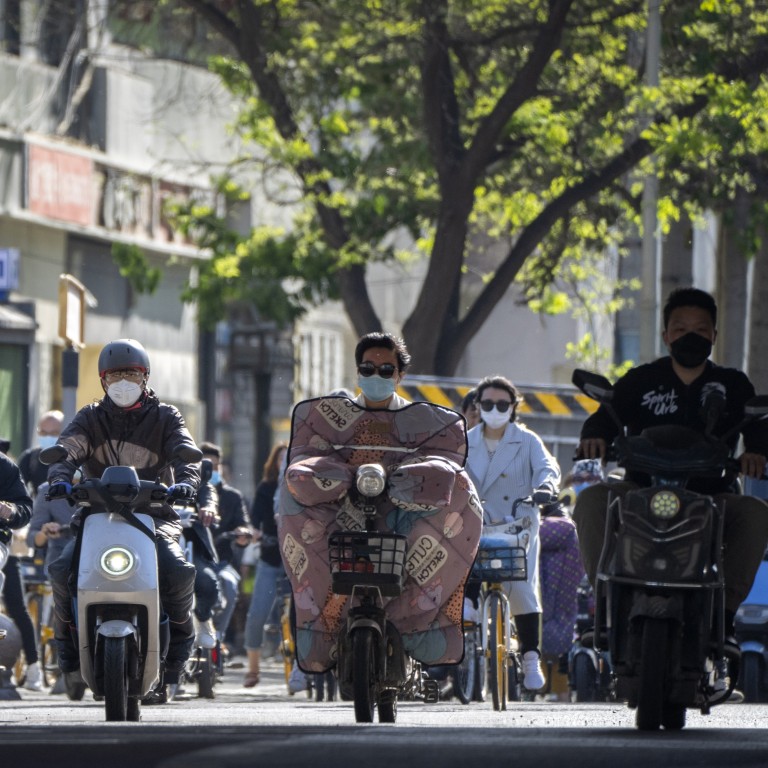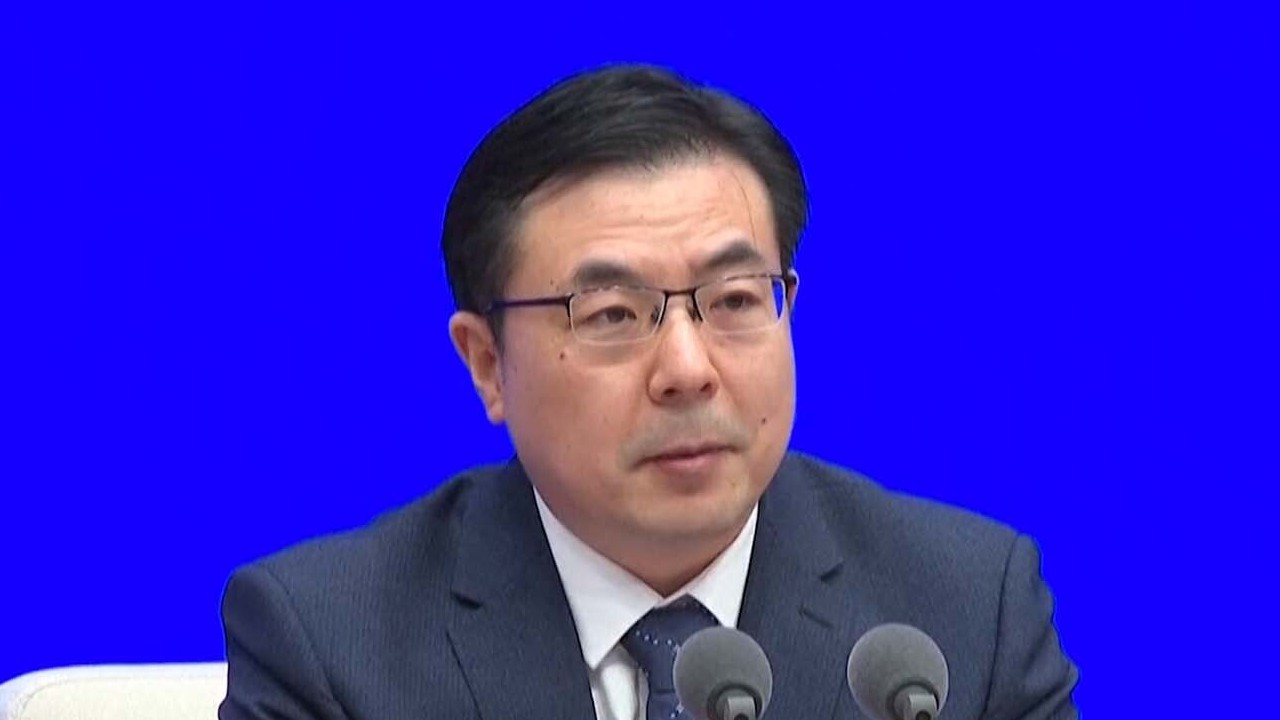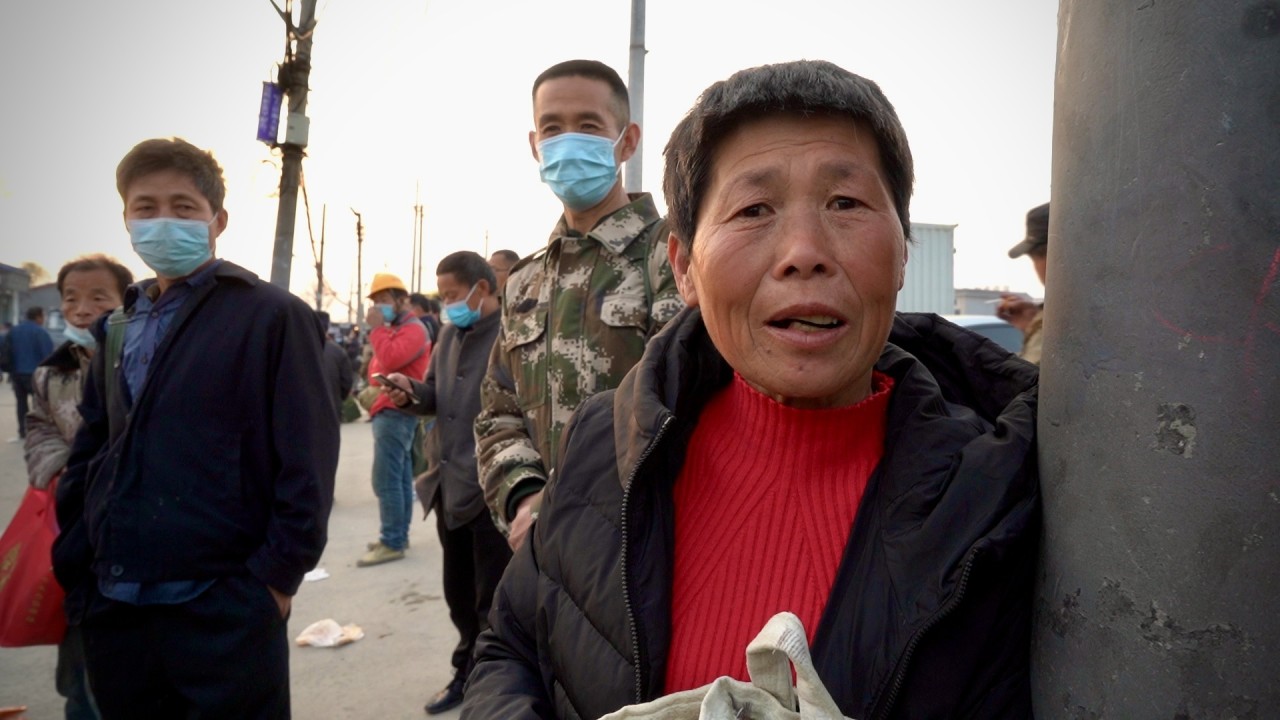
China GDP: Beijing urged to do more to achieve 5 per cent economic growth amid capital flight risks
- Economists point to the impact of the Shanghai lockdown, war in Ukraine and US rate increases and call for stronger measures to boost growth
- Coronavirus controls in the country’s biggest financial hub are expected to make it harder to hit the annual target of ‘around 5.5 per cent’
China should take forceful measures to raise economic growth above 5 per cent in the second quarter, while remaining on high alert for possible capital outflows, policy advisers said.
“First-quarter growth failed to pass 5 per cent as we had expected, mainly because most economic indicators slowed down in March,” Wang Yiming, a member of the central bank’s monetary policy committee, told an economic forum in Beijing on Sunday.
It is very important that we can effectively contain the pandemic, especially by early May
Coronavirus controls, Russia’s invasion of Ukraine and the US Federal Reserve’s rate increases will continue to put downward pressure on the economy in the coming months, he said.
“Therefore, it is very important that we can effectively contain the pandemic, especially by early May, and take stronger macro policies to counter the hit from the pandemic and to bring economic growth in the second quarter back to the level above 5 per cent. This will be the foundation for realising the full-year target,” he said.
The remarks came at the time when authorities promised to unveil new measures to shore up market sentiments amid growing concerns about Beijing’s handling of multiple economic headwinds.
Zhu Guangyao, a former finance minister, told the same forum that the US monetary policy shift was expected to come at an “unprecedented intensity and pace” which will be “the biggest pressure for us”.
“Over the past two months, we’ve seen capital outflows amid rate hikes and the expectation of more hikes,” he said.
Zhu said China should clearly monitor the US Federal Reserve’s timetable to be on high alert for capital flows from China and emerging markets, adding: “This is indeed our top priority.”
Wang also called on authorities to “reasonably optimise” pandemic controls.
“When insisting on the zero-Covid policy, we should make sure the controls are more precise and ensure logistics and the supply chain are unimpeded,” he said.
China’s forex reserves fall US$26 billion amid ongoing capital outflows
To shore up growth, the country needed to pace up infrastructure construction such as the Sichuan-Tibet railway and the trade corridor to connect the hinterlands in the west region, Wang argued.
He also suggested subsidies for low-income groups, which would help to stimulate consumption, and take measures stabilise the expectations of small businesses.
Zhu said the IMF had been wrong about its China forecast before and there was ample room to implement economic policies.
He also said China should address the risks of adjustment in the chip production supply chain initiated by the US and its allies.
The US has approved US$52 billion to fund chip producers and the European Union also plans a €43 billion (US$46.4 billion) subsidy for local chip producers.
“Currently 80 per cent of global chip production is in East Asia, which the US and the Western world have realised is a severe challenge to their economic growth. So over the past months, they adopted and insisted on an ideological approach to replace matured chip production and supply chains within the Asia-Pacific economic framework,” Zhu said.
Last October, US President Joe Biden raised the proposal to set up an Indo-Pacific economic framework to solidify ties with key economies in the region and build a supply china that excludes China.



